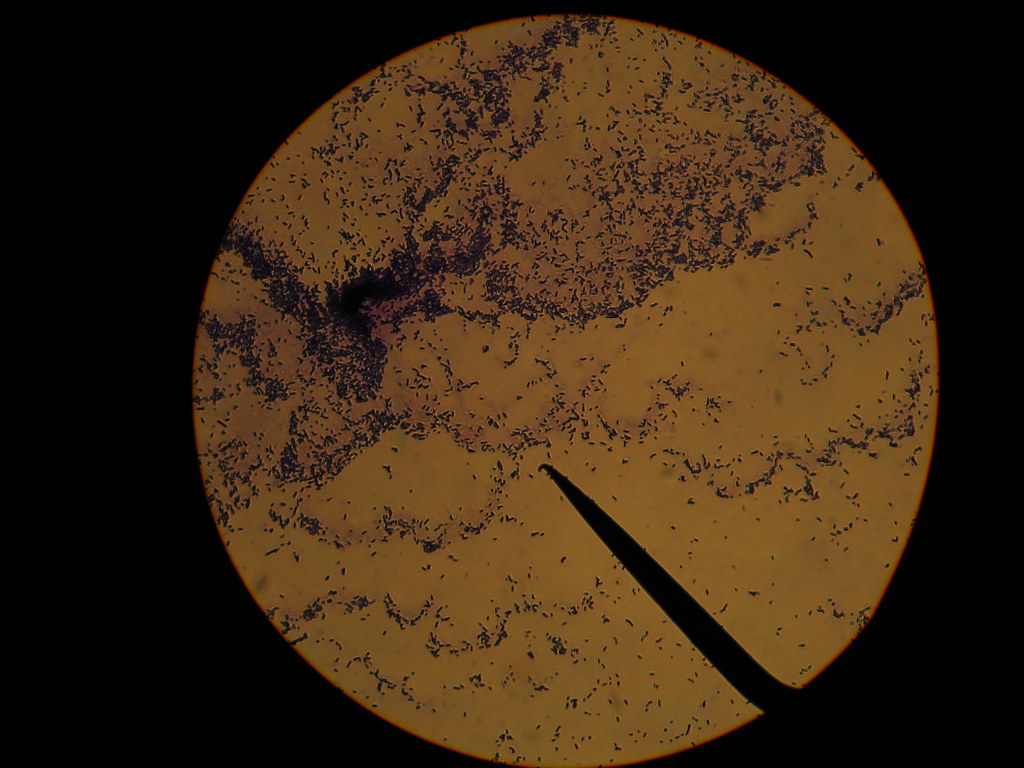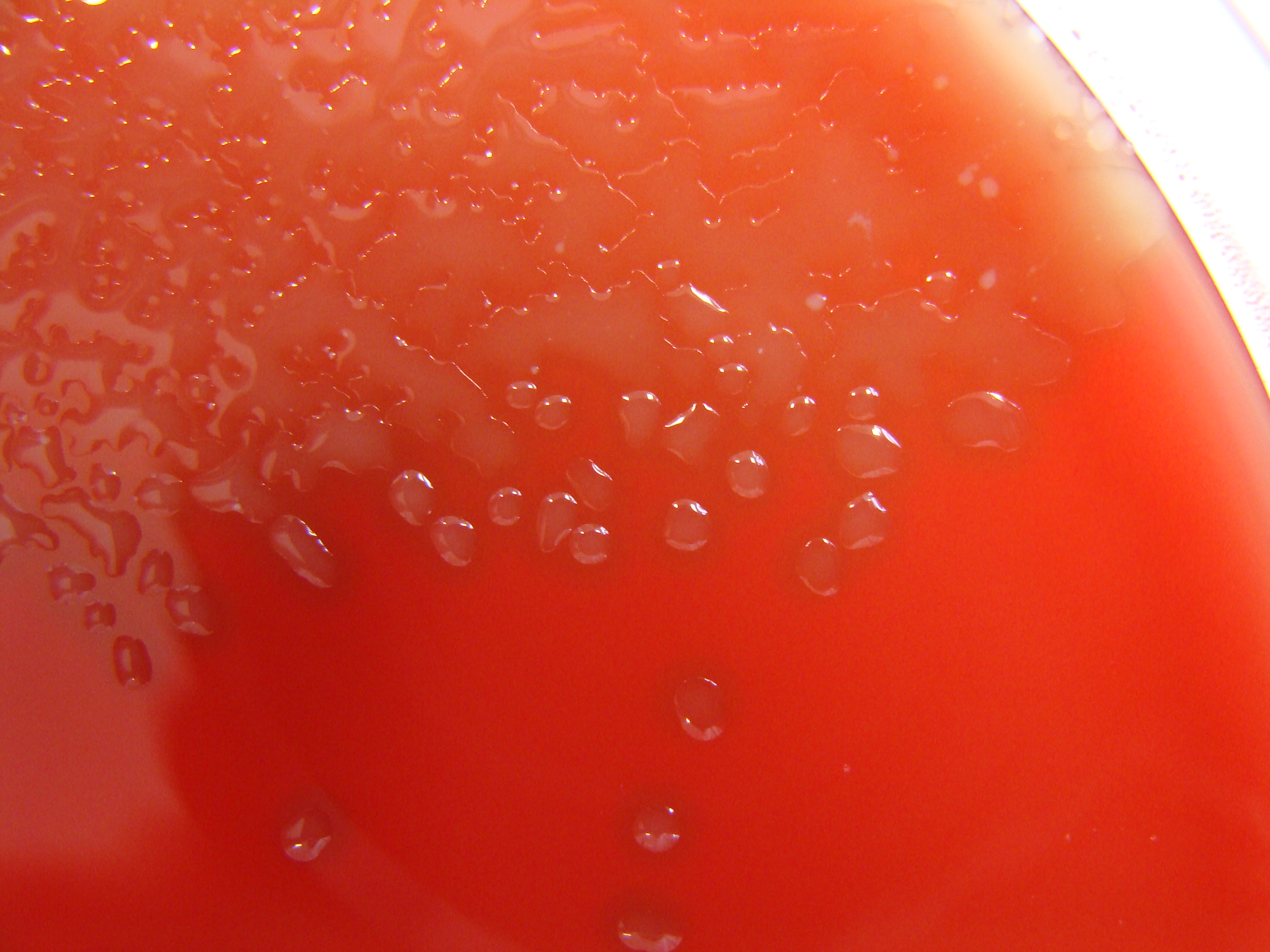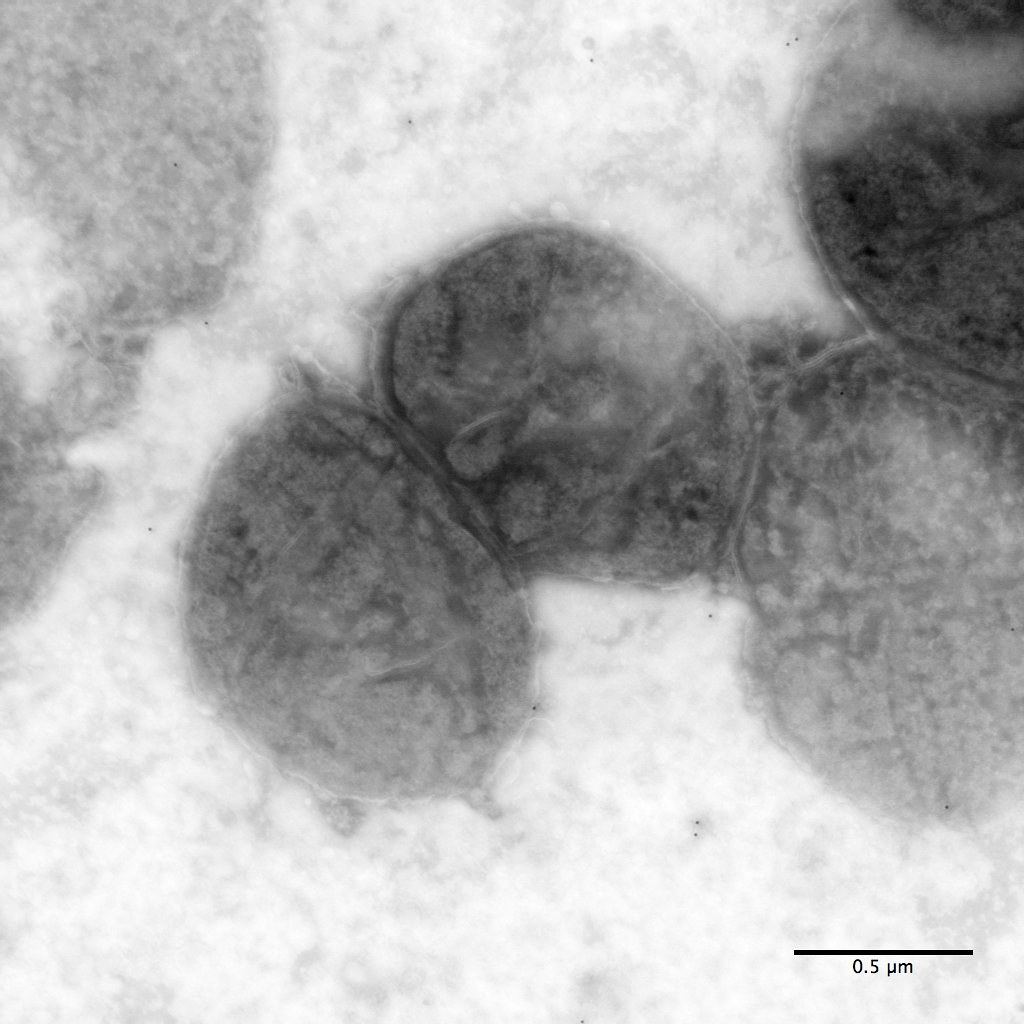With a few mesophilic bacteria examples we will discuss their optimum growth temperature and other details.
Different bacteria grow at a different temperature and the temperature in which bacteria colony growth rate is maximum is called optimum growth temperature. Bacteria with the optimum growth temperature of 20o to 45o Celsius or approximately 65o – 113o Fahrenheit, are called mesophilic bacteria and clostridium and E. coli are mesophilic bacteria examples.
The average optimal temperature for reproductive activity of mesophilic bacteria is around 37oC. That is why most bacterial infections in human is caused by mesophilic bacteria. Mesophilic bacteria can be isolated from decomposing organic matters, sewage, soil etc.
A few common mesophilic bacteria examples are;
Listeria monocytogenes–
Phylum: Firmicutes, Class: Bacilli, Order: Bacillales, Family: Listeriaceae, Genus: Listeria Species; monocytogenes. Rod shaped, commonly foodborne bacteria. Optimum temperature for these bacteria is 25o– 35o C. This bacterium has a 2.94 M bp long genome with 2853 ORFs and a total 13 different serotypes based on surface antigens. This bacterium causes listeriosis human and infects almost 1600 people every year.
Escherichia coli–
Phylum: Pseudomonadota, Class: Gammaproteobacteria, Order: Enterobacteriales, Family: Enterobacteriaceae, Genus: Escherichia, Species: coli. This rod-shaped bacterium is mostly transmitted through fecal-oral transmission and commonly found at lower intestine of warm-blooded animals. They are mostly harmless but a few strains cause food-poisoning. Optimum growth temperature for E. coli is 37oC. Its circular DNA is 4.6 M bp in length with 4,288 protein coding genes. Origin of replication in prokaryotic bacteria was first found in E. coli; and is called Ori-C.

Staphylococcus aureus–
Phylum: Firmicutes, Class: Bacilli, Order: Bacillales, Family: Staphylococcaceae, Genus: Staphylococcus, Species: aureus. Cocci shaped, facultative aerobe bacterium and forms cluster in culture media. Their optimal growth is observed in 30o – 37o C temperature. It has a 2.86 M bp long genome and about 2677 different proteins. This opportunistic pathogen is generally transmitted through direct contact and causes various skin and soft tissue inflammations, food poisoning etc.

Streptococcus pneumoniae–
Phylum: Firmicutes, Class: Bacilli, Order: Bacillales, Family: Streptococcaceae, Genus: Streptococcus, Species: pneumoniae. These airborne, pathogenic, lancet-shaped bacteria is the main reason behind human pneumonia. The optimal growth temperature for these bacteria is around 37oC. It has a 2.1 M bp long genome, about 1553 genes and 154 genes containing virulome. It colonizes in the nasopharyngeal tract and causes ailments like fever, cough, breathing troubles etc. In case of severe inflammations, it breaks down hemoglobin causing respiratory failure.

Streptococcus pyogenes–
Phylum: Firmicutes, Class: Bacilli, Order: Bacillales, Family: Streptococcaceae, Genus: Streptococcus, Species: pyogenes. Optimal growth temperature is 37oC. These small, round human-specific bacteria is also known as group A streptococcus. It releases various toxins like streptolysin, Spe A, Spe B etc. and cause impetigo, pharyngitis, peritonsillar cellulitis, brain & liver abscess, various autoimmune disorders etc. It has roughly 1.9 M bp long genome with 1700 different proteins.

Stenotrophomonas maltophilia–
Phylum: Pseudomonadota, Class: Gammaproteobacteria, Order: Xanthomonadales, Family: Xanthomonadaceae, Genus: Strenotrophomonas, Species: maltophilia. These aerobic, rod-shaped bacteria found in wet environments are highly antibiotic resistance and is a newly emerging concern. They thrive in a temperature of 35oC. Their genome sequence consists of 159,365 bp and produces 271 predicted proteins. It causes chronic respiratory illness, endocarditis, peritonitis, UTIs etc.
Clostridium kluyveri–
Phylum: Firmicutes, Class: Clostridia, Order: Clostridiales, Family: Clostridiaceae, Genus: Clostridium, Species: kluyveri. These rod-shaped, obligatory anaerobe bacteria have around 3.96 M bp long genome sequence. These bacteria can use ethanol or acetate as energy source and grow. They are mostly aquatic, free living and form spores. They are not known for any pathogenicity.
Neisseria gonorrhoeae–
Phylum: Pseudomonadota, Class: Betaproteobacteria, Order: Neisseriales, Family: Neisseriaceae, Genus: Neisseria, Species: gonorrhoeae. These host associated diplococcus is sexually transmitted, I.e., transmitted through body fluid contamination. It has a circular DNA of 2,153,922 nucleotides and 2069 genes. Their optimal growth temperature is 35oC. It causes gonorrhea in human. Purulent discharge from urethra and dysuria are common symptoms of gonorrhea. Almost 95% of infected men are symptomatic whereas, only 10% – 20% infected women are symptomatic.

Lactobacillus plantarum–
Phylum: Firmicutes, Class: Bacilli, Order: Lactobacillales, Family: Lactobacillaceae, Genus: Lactobacillus, Species: plantarum. These rod-shaped, free living, facultative anaerobes grow in an optimal temperature of 25oC and is one of the most studied species of probiotic microbes in food industries. They produce lactic acid which is been used for fermentation for centuries. They have a 3,308,274 nucleotides long genome sequence with 3,052 ORFs. These bacteria have been used for producing various fermented products like pickles, Kimchi, sauerkraut or fermented cabbage, Nigerian Ogi and also various fermented milk products. It also has antioxidant activities and also increases intestinal permeability.
Please click to learn on Decomposer Bacteria Examples.
Also Read:
- Anaerobic bacteria examples
- Box jellyfish types characteristics
- Do eukaryotic cells have mitochondria
- What is the chemical structure of carbohydrates
- Purine metabolism importance in human physiology
- Do chromosomes contain genes
- Flowering plant examples
- Dna replication vs polymerase
- Are bacteria producers
- Nonvascular plants examples
Hi…..I am Pratyush Das Sarma, I have completed my Master’s in Biotechnology. I always like to explore new areas in the field of Biotechnology.
Apart from this, I like to read and travel.
